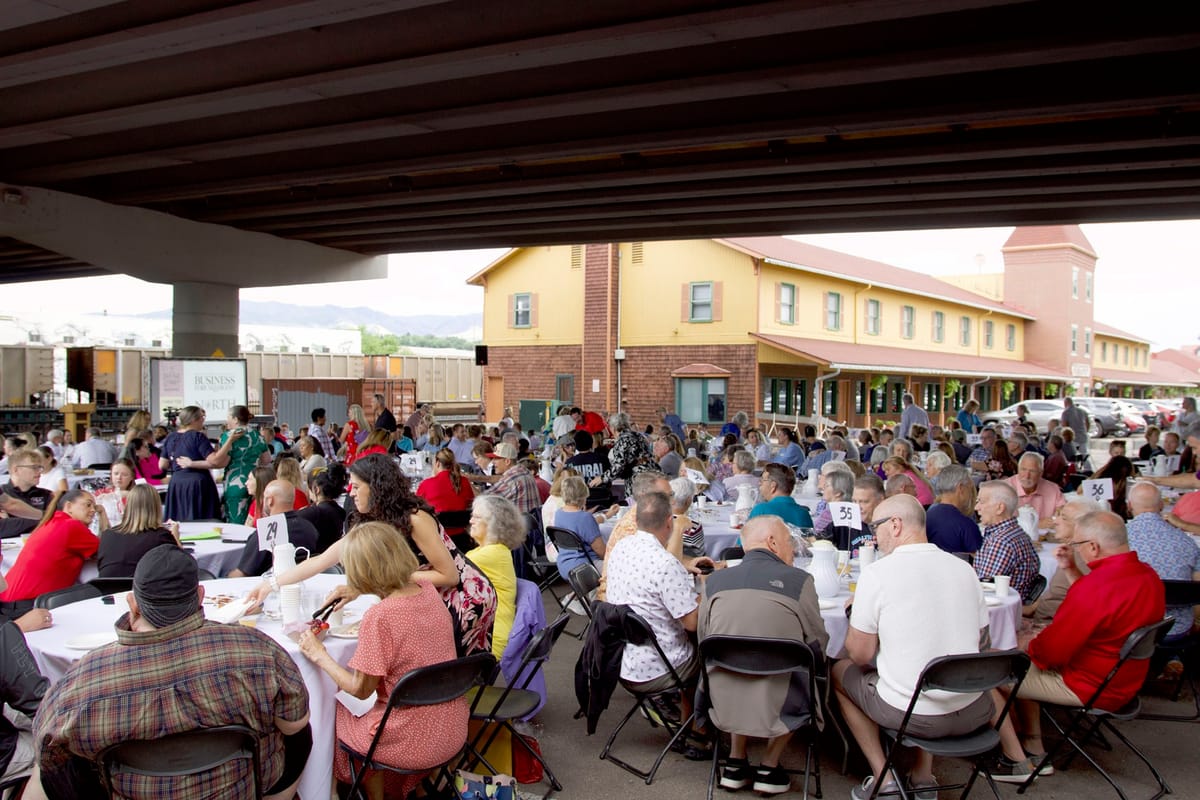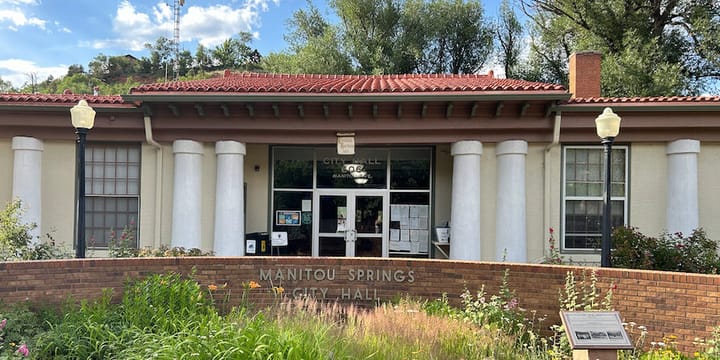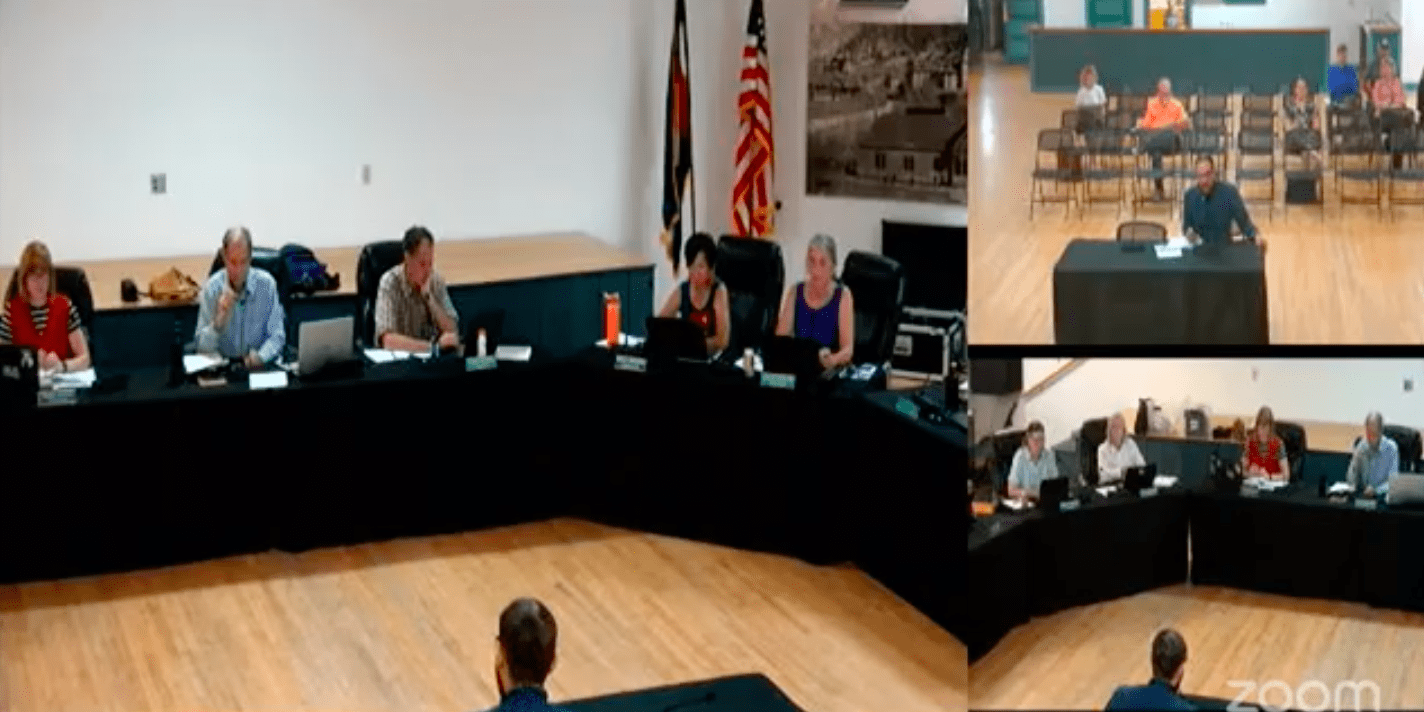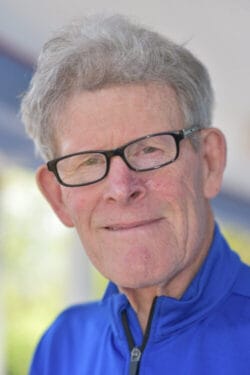The Place raises funds for homeless youth

On July 10, the Place, a nonprofit that serves homeless youth in El Paso County, held its annual Off the Street Breakfast fundraiser.
"Our annual budget is typically around $4 million dollars across all programs," explained Wayne Bland, who serves on the Place's board. "Our goal today is $250,000. As important as the goal is just letting people in the community know what we've been doing, what we have done, and kind of a forward look on what's to come."
Among the Place's achievements this year was opening the Launchpad Apartments, which provides 50 affordable housing units to youth. "Opening the Launchpad is a big deal and our other programs have really spoken in the lives of homeless youth in our community," said Bland. "We had contact with 439 unduplicated youth in the community. It cost us about $4,355 for the services we provide to those individuals, those 439 individual youth."
Bland highlighted the economic impact of the Place's work during his speech to the audience of over 750 community members. "Consider for a moment the return on the investment by contributing to the Place," he said. "It costs over $35,000 for one chronically homeless person to stay on the street for one year. This is a direct expense to local taxpayers, us. This is for emergency medical and police services, for court costs, and for emergency hospital visits. Contrast that with the cost of helping a young person get off the street. Last year, the place served 439 unduplicated youth. All of our programs - outreach, drop-in services, the shelter, and housing - work to help youth exit homelessness and move towards safe and stable housing. The investment that the place makes per youth per year across all programs is just $4,355. For every young person the place helps get off the street, the savings to taxpayers to our community is just over $31,000."
With recent changes to federal grant programs, nonprofits like the Place are bracing for funding challenges in the coming years. "As a board of directors, we're evaluating programs going forward and figuring out how to staff them," said Bland. "Obviously, funding is a crucial part of that, and we have incredible staff. We want to retain our programs and our staffing, but we also want to be prudent and make certain that we have the support we need to make all that happen. That's why we're here today."
Colorado Springs City Councilor Nancy Henjum also expressed concerns about funding. "Starting at the federal level, it's getting harder and harder," she said. "There's been a cut in so many ways in really important areas, so that certainly is gonna impact at a state level. Our state budget is in crisis, and actually at a city level we're looking at downward-trending revenues and we're gonna have to make cuts at the city-level budget. To make matters worse, with the loss of Medicaid dollars and with the loss of so many important programs. I am concerned we're going to see even more people on the street. I'm terribly concerned."
Which would you rather have, people housed or people on the streets? - COS City Councilor Nancy Henjum
While Colorado Springs has struggled to address homelessness in the region, Henjum highlighted the importance of organizations like the Place. "We're very committed to serving in the ways that we can," she said. "The City can't take care of everything. We need to work with our partners as we - as I believe that we do - and organizations like The Place and all the many, many nonprofits in Colorado Springs that are meeting the need. We all just have to keep pulling together and doing what we can; it's just super hard."
In May the Metro Denver Homeless Initiative, representing Colorado's four Continuums of Care (CoCs), including the Pikes Peak CoC, released the state's first-ever comprehensive State of Homelessness Report. The report provided baseline data on housing instability across Colorado and outlines pathways toward lasting solutions for homelessness. Among the areas for improvement in Colorado was the availability of housing, both affordable and permanent supportive housing for chronically homeless individuals, but also attainable market-rate housing. In recent years, developers have faced organized pushback from community activists groups looking to block affordable and higher-density housing projects in their neighborhoods.
Henjum noted Council's recent action on the Flats at Sand Creek, a 144-unit affordable housing project that has received pushback from residents of the nearby single-family neighborhood. "Everybody says, 'Yeah, we need more affordable housing, but just not right here,'" she said. "I'm like, 'Well, where do we put it?' It has to be somewhere. It is important to have affordable housing over our entire 200 square miles of the city. People are worried about it impacting their property values. It actually improves [values], but there's no research to demonstrate that it hurts property values whatsoever. These are people who, if we don't help provide the housing, they're gonna be on the street. So which would you rather have, people housed or people on the streets?"



